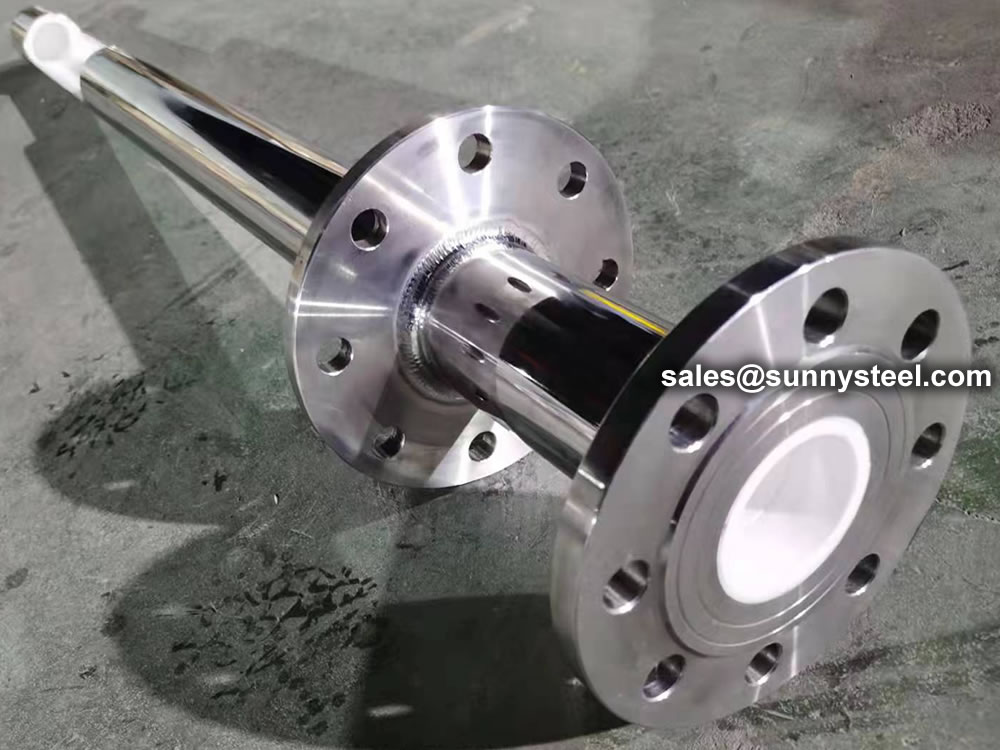
The integrally formed wear-resistant ceramic sleeve lined pipes are mainly used in special industries such as lithium batteries.
In the lithium-ion battery industry, all powder pipelines must have stainless steel exteriors with ceramic lining on the interior. This is because the industry prohibits the contact between lithium iron phosphate powder and metals, necessitating ceramic lining for all pipelines.
Download PDFThe lithium battery industry is absolutely booming as technology marches forward and industries wholeheartedly shift towards renewable energy sources! And you know what? The efficiency and longevity of lithium batteries are highly contingent on the materials employed in their construction. And that's precisely where those amazing wear-resistant ceramic tubes step in!
Ceramic tubes are incredibly resistant to wear and corrosion, making them an ideal choice for a wide range of industries, including our beloved lithium battery industry! The lithium battery industry demands high-performance materials that can bravely withstand harsh operating conditions like scorching high temperatures, caustic chemicals, and an extremely corrosive environment. And guess what? Ceramic tubes are just perfect for use in thermal management systems, electrolyte transport systems, and solid-state batteries!
Plus, those ceramic-lined pipes mainly for lithium batteries have an incredibly long service life, making them a cost-effective option that's just too good to pass up! They require minimal maintenance, which is amazing because it helps to reduce downtime and repair costs while boosting the overall efficiency of the lithium battery manufacturing process.
In conclusion, those ceramic-lined pipes mainly for lithium batteries have countless applications in the lithium battery industry. They offer exceptional wear resistance, chemical resistance, and durability, making them an outstanding material for use in various components of lithium batteries. Adopting ceramic tubes in the manufacturing process of lithium batteries can truly and significantly improve the longevity and efficiency of these batteries. Hooray!
A ceramic sleeve lined pipe for lithium battery applications is a specialized type of pipeline designed to transport materials within lithium battery manufacturing processes. These pipes are lined with a ceramic sleeve, which is made of advanced ceramic materials known for their exceptional resistance to corrosion, high temperatures, and abrasion.
Because the lithium battery industry needs to isolate metal pollution in material transportation, the wear resistance and insulation of the wear-resistant ceramic ring has become the best choice for the lithium battery industry.
These pipes play a vital role in maintaining the integrity of the lithium battery manufacturing process, from electrode production to electrolyte handling and final battery assembly. They help ensure the quality, safety, and efficiency of lithium battery production.
Ceramic sleeve lined pipes are specialized components used extensively in industries where materials must withstand high wear, corrosion, and temperature conditions. These pipes are particularly beneficial in the lithium battery manufacturing industry due to their superior durability and resistance properties. Here is an overview of the features, benefits, and typical uses of ceramic sleeve lined pipes in lithium battery production:






The main raw material of wear resistant ceramic ring is a special kind of ceramic with AL2O3 as the and the rare metal oxide as the flux, which is melted by high temperature at 1700 °C. The Ceramic Sleeves Lined Pipe as a whole part, and then assemble it into the steel pipe with our high-strength-temperature-resistant epoxy adhesive.
Recently 95% alumina ceramic sleeve lined pipes, elbows and T pipes have been largely applied in lithium battery material conveying system. The big diameter ceramic sleeve is always a big problem for the ceramic tube manufacturers since it’s very difficult to control the deformation rate of the ceramic sleeve after it’s sintering .Also It will also need an advanced and big isostatic pressing machine to do this .So it will not only express the company’s production capability ,but company’s technology. Right now, our factory have owned both advantages which are wear resistant ceramic pressing facilities and technologies.
Recently 95% alumina ceramic sleeve lined pipes, elbows and T pipes have been largely applied in lithium battery material conveying system.. The main raw material of wear resistant ceramic ring is a special kind of ceramic with AL2O3 as the and the rare metal oxide as the flux, which is melted by high temperature at 1700 °C. The big diameter ceramic sleeve is always a big problem for the ceramic tube manufacturers since it’s very difficult to control the deformation rate of the ceramic sleeve after it’s sintering .Also It will also need an advanced and big isostatic pressing machine to do this .So it will not only express the company’s production capability ,but company’s technology. Right now, our factory have owned both advantages which are wear resistant ceramic pressing facilities and technologies.
The wear resistant ceramic ring is a special kind of ceramic with Al2O3 as the main raw material and the rare metal oxide as the flux, which is melted by high temperature at 1700 oC.
Ceramic sleeve lined pipe has a continuous ceramic liner covering the inner surface of the pipe. The ceramic liner, or sleeve, is typically made of high-quality alumina ceramics, which provides excellent resistance to wear, abrasion and corrosion.
Ceramic sleeve lined pipes are commonly used in industrial applications where the pipeline is exposed to harsh conditions, such as in mining, power generation, oil and gas, and chemical processing. The ceramic sleeve provides superior wear resistance and protects the underlying steel pipe from premature failure due to abrasion or corrosion.
In addition to their excellent wear properties, ceramic sleeve lined pipes may also provide benefits such as improved flow rates, lower maintenance costs, and longer service life. They may also be used in applications where hygiene is important, as the ceramic sleeve lining is non-toxic and does not react with most chemicals.
Ceramic sleeve lined pipes may be manufactured in various sizes and shapes, including elbows, tees, and reducers, to meet the specific requirements of each application. The ceramic sleeve may be bonded to the steel pipe using specialized adhesives and may be installed using conventional welding or mechanical joining techniques.
While ceramic sleeve lined pipes can offer significant benefits in terms of wear resistance and longevity, they are typically more expensive than traditional steel pipes due to the cost of the ceramic liner and specialized manufacturing processes.
Ceramic pipe sleeves are a type of ceramic lining designed to protect metal, plastic or composite piping systems from wear and abrasion caused by high-velocity flows of abrasive materials. They are typically made of highly engineered ceramic materials such as alumina or silicon carbide, which provide excellent resistance to wear, corrosion, and erosion.
Ceramic pipe sleeves are widely used in industries such as mining, power generation, and chemical processing where the harsh environment can cause significant wear and damage to the piping systems.
The advantages of using ceramic pipe sleeves include:
Overall, ceramic pipe sleeves are an effective and reliable solution for protecting piping systems from the harsh effects of abrasive materials. They offer superior wear resistance, corrosion resistance, and improved efficiency compared to traditional materials, reducing maintenance costs and improving system performance.
| Items | 92% | 95% |
|---|---|---|
| Al2O3 | ≥92% | ≥95% |
| SiO2 | 0.0451 | 0.028 |
| Fe2O3 | 0.0001 | 0.0001 |
| TiO2 | 0.0005 | / |
| CaO | 0.018 | 0.0045 |
| MgO | 0.011 | 0.0051 |
| K2O | 0.0004 | 0.0003 |
| Na2O | 0.0031 | 0.0063 |
| Volume Density | 3.62 g/cm3 | 3.65 g/cm3 |
| Water Absorption (%) | ≤0.02% | ≤0.02% |
| POROSITY | ≤1 | ≤1 |
| Hardness | 9 Mohs | 9 Mohs |
| Flexural strength | ≥2000 Mpa | ≥2250 Mpa |
| Abrasion | ≤0.02 | ≤0.02 |
The combination of high rigidity of ceramic and high elasticity of steel gives the pipe unmatchable features as an abrasion resistant, heat resistant and corrosion resistant material for use in the fields of power generation, metallurgy, mining, and chemical industry etc. It has many advantages over steel pipes, cast stone pipes, and steel-plastic compound pipes.
| Data | Metric | Imperial |
|---|---|---|
| Tensile Strength, Ultimate | 655 MPa | 95 ksi |
| Tensile Strength, Yield | 290 MPa | 42 ksi |
| Elongation at Break (in 2") | 0.55 | 0.55 |
| Rockwell Hardness | B84 | B84 |
304 Stainless Steel Plate has very good formability and can be readily welded by all common methods.
Ceramic sleeve lined pipes are commonly used in industries such as mining, power generation, cement, steel, and chemical processing. They are particularly effective in applications where materials with high abrasiveness or corrosiveness need to be transported.
| Industry | Material |
|---|---|
| 1. Abrasive products | Grinding wheel granules |
| 2. Aluminium plants | Calcined alumina, bauxite, electrode, carbon, crushed bath |
| 3. Iron & Steel | Sinter dust, limestone, lime injection, coal, iron carbide, alloy additives |
| 4. Mineral wool & insulation products | Perlite, stone dust, refractory fibers, production wastes, dust from sawing operations |
| 5. Foundries | Molding sand, dust collection |
| 6. Glass plants | Batch, cullet, quartz, kaoline, feldspar |
| 7. Breweries, grain processing, feed mills | Corn, barley, soy beans, malt, cocoa beans, sunflower seeds, rice hulls, malting plants |
| 8. Cement | Clinker dust, limestone, cement, fly ash, coal, blast furnace slag |
| 9. Chemical plants | Caustic lime, fertilizers, lime dust, chrome ore, paint pigments, plastic pallets with glass fi bers |
| 10. Mineral mining plants | Kiln feed, ore concentrate, coal tailings, dust |
| 11. Coal fired power stations | Coal, fly ash, pyrites, slag, ash, limestone |
| 12. Coal mines | Coal dust, mine waste for backfi lling |
| 13. Technical carbon products | Technical carbon, dust, graphite for electrodes |
Abrasion resistant pipe using steel skeleton packaging, and the two ends of the pipe with plastic head, to prevent dust and rain into the pipeline inside, to ensure the beauty of the product.
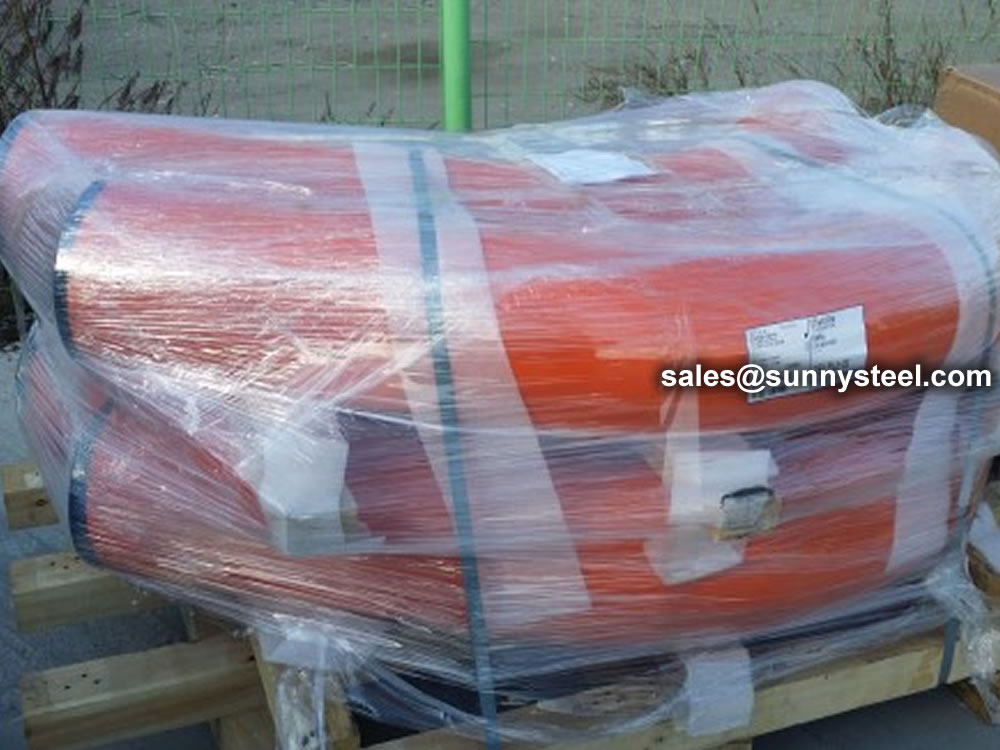
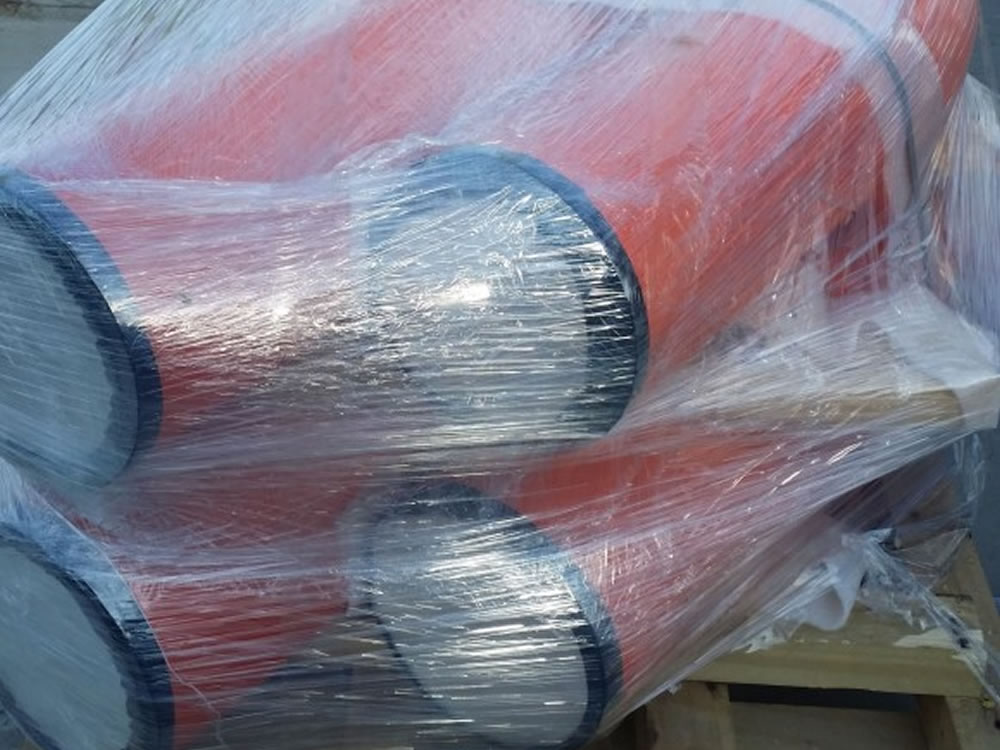

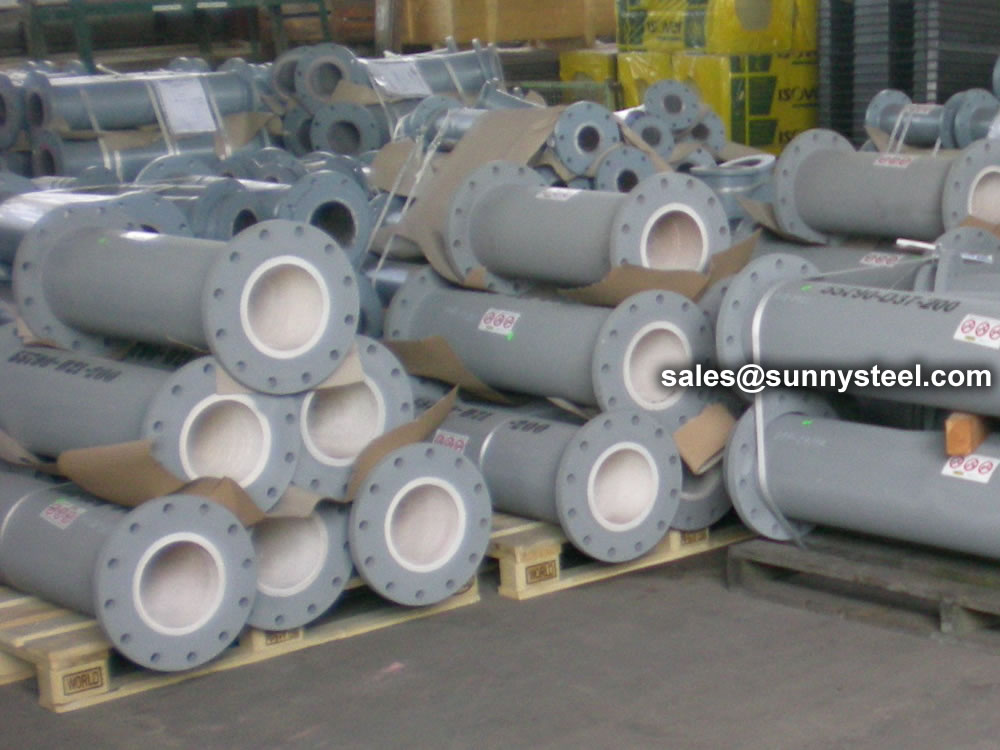
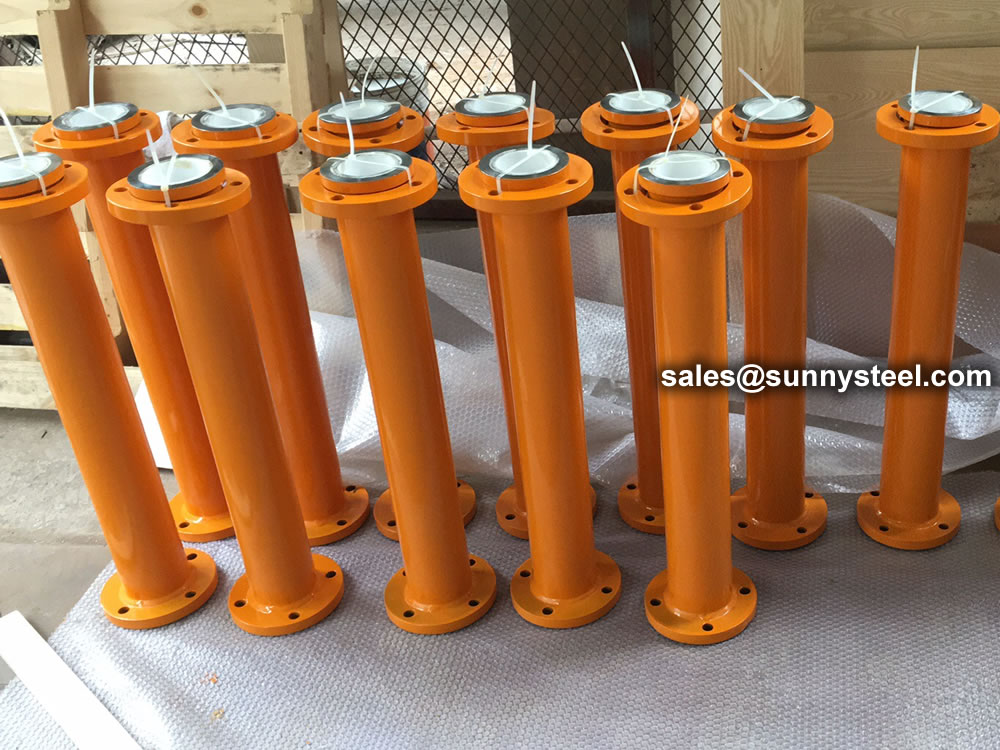
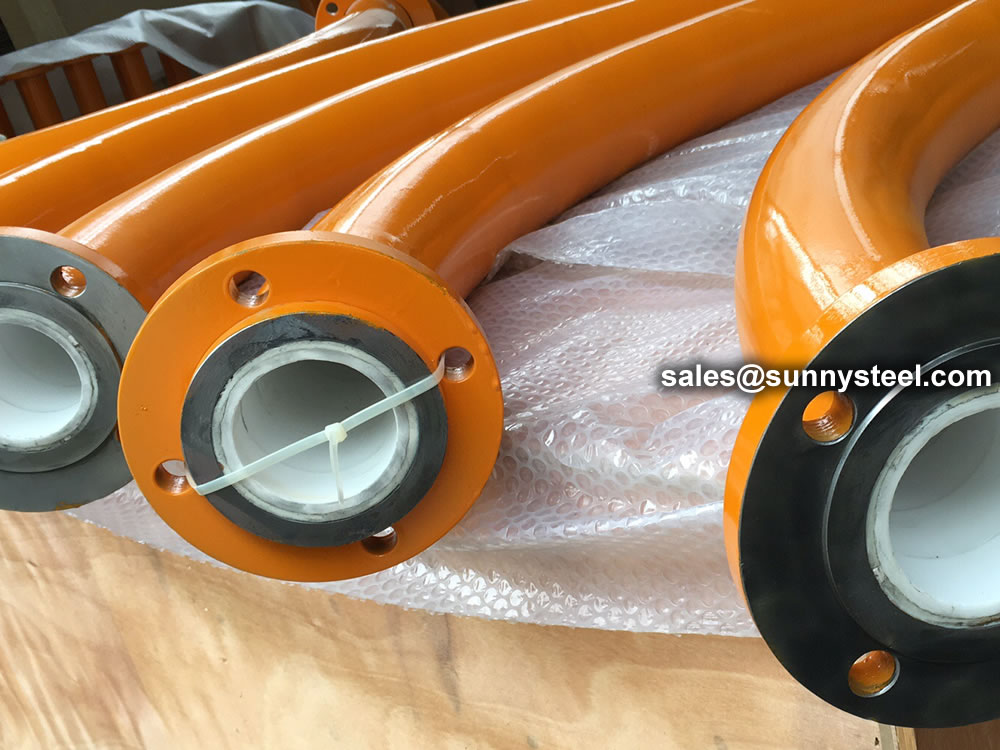
For different production environments, our company has developed a wear-resistant pipe for a variety of media, based on the temperature, wear and corrosion requirements of the field media, and for the initial application of the scene, our company to provide wear-resistant ceramic ring for the Lined composite straight pipe design to meet the on-site wear resistance, heat resistance and corrosion resistance requirements, in view of this program for the new design (formerly ceramic chip technology, there are many gaps, easy to wear).
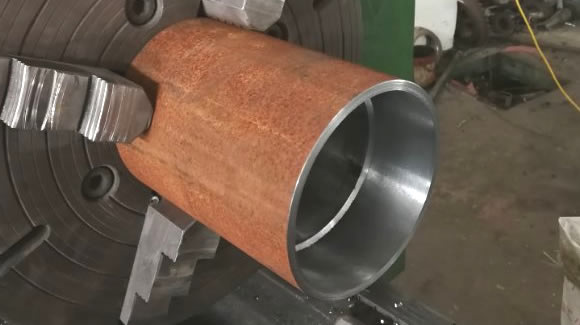
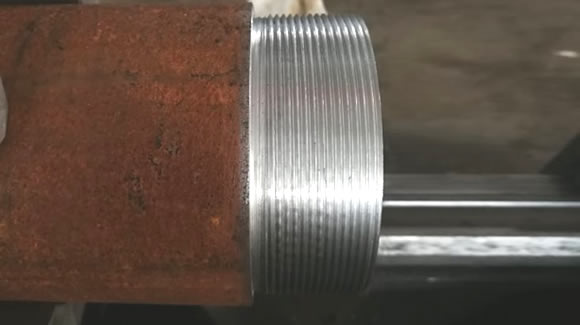
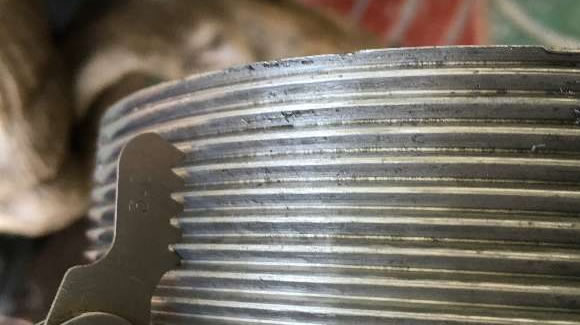
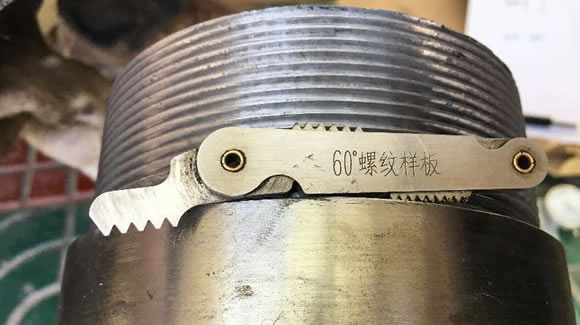
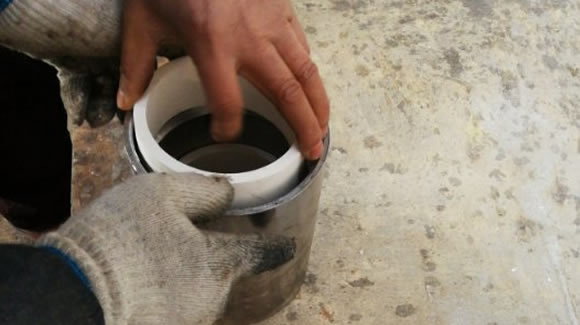

After the ceramic ring in the pipe is installed and the thread is processed, the dirt outside the pipe is cleaned, and the outer surface of the pipe is treated with three layers of anticorrosive paint to meet the export requirements.
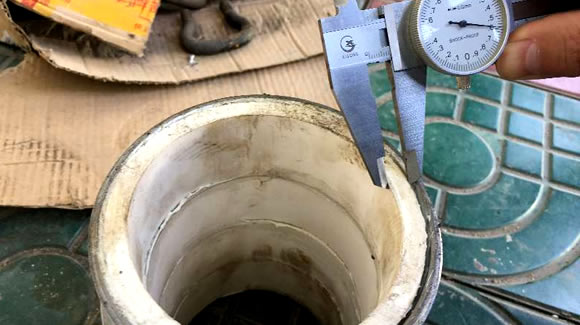
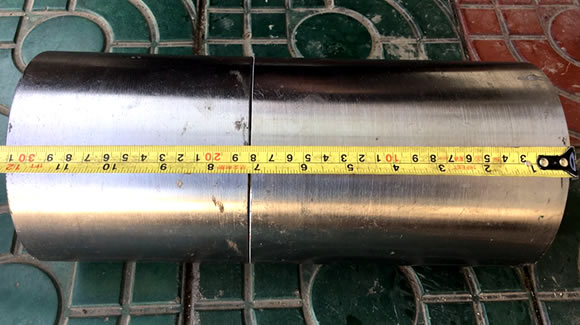
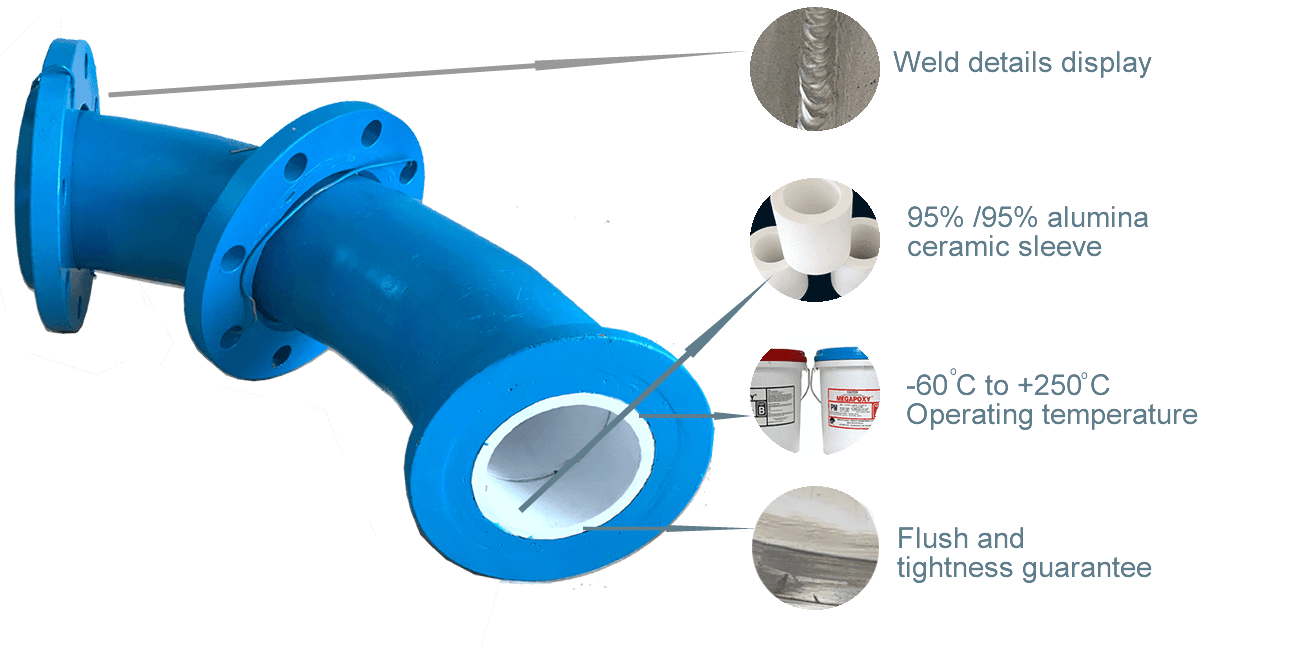
| Item | Data | Characteristics of binder |
|---|---|---|
| Density (g/cm3) | 1.32 | We use the Australian Megapoxy high strength structural adhesive, this structural glue is modified epoxy resin polymer, anti-aging ability, and wear-resistant ceramic bonding to form a strong and cushion of the anti-wear layer, cured water, anti-corrosion performance is excellent, toughness, displacement-resistant effect is remarkable. 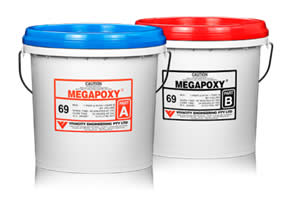
|
| Compressive strength (MPa) | 40 | |
| Shear Strength MPa | 26 | |
| Impact toughness Kj/m2 | 10 | |
| Hardness HB | 9.5 | |
| Elastic Modulus GPa | 2.2 | |
| Expansion coefficient 10-6/℃ | 20.1 | |
| Softening temperature℃ | 263 | |
| Coking temperature℃ | 335 | |
| Acid resistance(24H) | Stability | Test solution : 15%H2SO4 |
| Alkali resistance(24H) | Stability | Test solution: NaOH |
